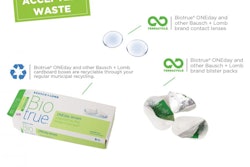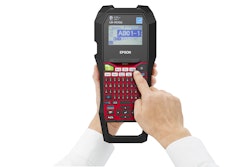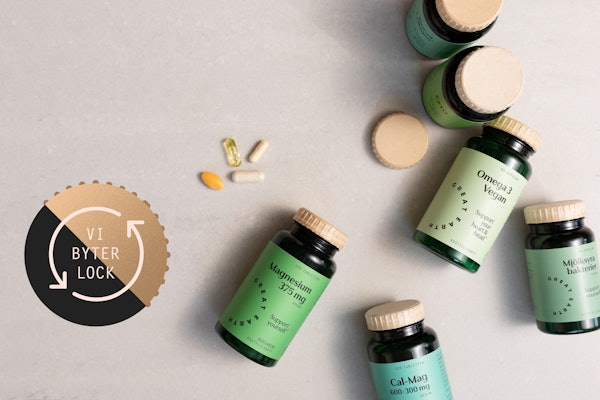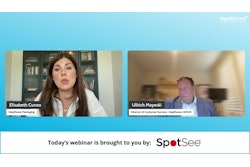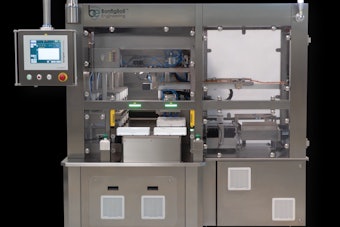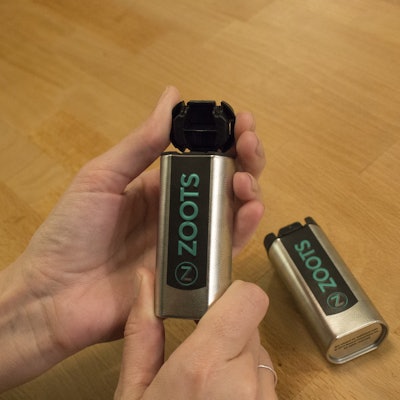
We often read news lamenting the retirement of baby boomers, and thus, the loss of years of knowledge and experience in the workforce. But one working paper published by researchers at John Hopkins and Temple University suggested that states which passed medical marijuana laws saw a boost in older Americans’ workforce participation.
While more research is needed to determine any direction causation, it seems that some seniors may be able to stay in the workforce longer if their symptoms of neuropathic pain, tension, sleeplessness and anxiety can be alleviated with low-dose cannabis products.
Appealing to mature audiences
Among mature populations in Colorado, the rate of cannabis use may be relatively low, but the growth rate is high—as much as 30% among those over 50 years of age. “As the market becomes legal in other states, we expect significant growth in usage by seniors,” says Patrick Devlin, President of Natural Extractions, the company responsible for bringing Zoots Premium Cannabis Infused Edibles to market in Colorado and Washington State. (He also notes that there is a distinction in use between groups 50-65 years of age, and those over 65.)
To appeal to mature audiences, the product should look legitimate. “The big challenge is for seniors to understand that using low-dose cannabis products doesn’t get most people stoned. Five milligrams of THC can get rid of a headache or help a person relax,” notes Devlin.
This means that in addition to child-resistant and senior-friendly opening mechanisms, the package must have shelf appeal that avoids the counter-culture imagery seniors might be accustomed to when they think about marijuana. “The interesting thing about the cannabis space is that cannabis products are purchased like a consumer good,” explains Devlin. “Like with other consumer goods, the package becomes a clear part of the choice in what consumers buy. This is different from other prescription medicines.”
In this vein, Natural Extractions has developed packaging options for their Zoots line of products with child-resistant closures that also have more of a medical aesthetic to reach audiences. From a marketing perspective, Zoots products geared toward seniors are designed to look like a package one would see at a store like Costco or Walgreens. “That’s been one of our philosophies since we started,” Devlin notes.
Natural Extractions rarely uses icons alluding to marijuana itself, or the marijuana culture or subculture. The company hopes to make customers understand what each product will do for them, not what it will do to them. (He notes that, per state regulations, they do not make direct health claims on packaging.)
Packaging solutions
When selecting a Colorado-compliant packaging solution for ZootRocks (small lozenges infused with 5-mg of THC each, already sold in Washington) the company wanted to use a can for longevity. “It’s a cylinder-shaped can that becomes a storage tin after use, and there’s definitely a cool factor to that. But when we began looking at packaging options, we couldn’t find any child-resistant, senior-friendly closures that went on top of cans,” says Devlin. Working with JL Clark, they developed a proprietary opening that meets all standards. This cost Natural Extractions a significant amount of money, “…but there wasn’t anything off the shelf that appealed to us.” The new ZootRocks tin will launch in Colorado in January 2017. In Washington State, where the packaging requirements are different, an alternate ZootRocks tin contains sets of 10-mg servings of THC, with two 5-mg lozenges plastic-wrapped together.
Other packaging solutions employed by Natural Extractions include a child-resistant paperboard box from Sun Grown Packaging. Devlin explains, “We wanted a recyclable option. It’s an industry where consumers are conscious about the environment.”
Devlin notes that though people are quite familiar with the mechanisms of child-resistant packaging on pharmaceuticals, there is still plenty of room for innovation. “When we look at cannabis packaging, we really are inventing or developing a brand-new line of products, where child-resistant, senior-friendly closures are being used for consumer packaged goods.”
He says the company is expecting growth. At present, they sell products in Washington and Colorado; in 2017, they are looking to expand to Massachusetts, Nevada, California and Oregon.
“It’s really interesting to see what types of innovative packaging develop for this industry,” Devlin remarks. With projections of market growth in the billions, he is looking forward to the future. “It’s a race among packaging firms to develop closures that are consumer-friendly, cost-effective, and stand out on the shelf. When you get that kind of money, you’re going to find some creative people coming up with packaging in very creative ways.”




